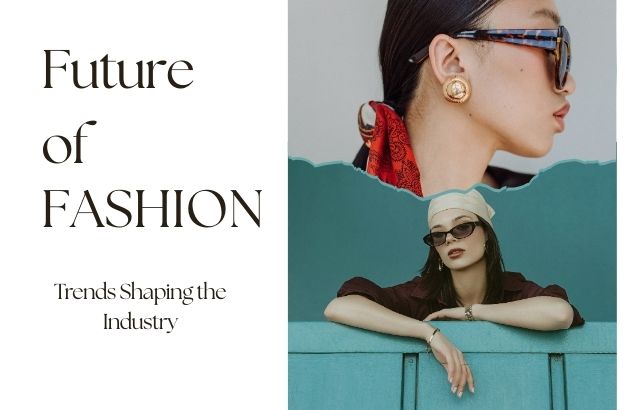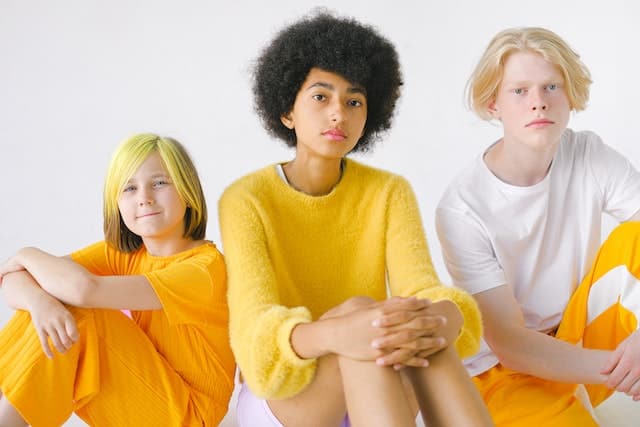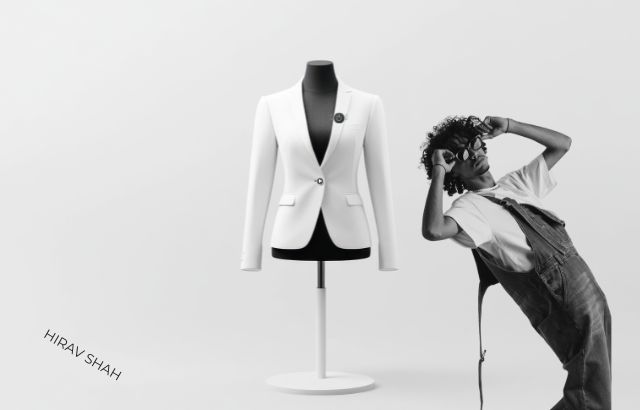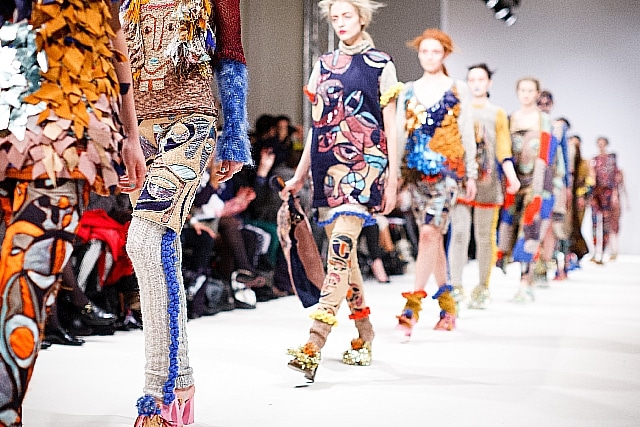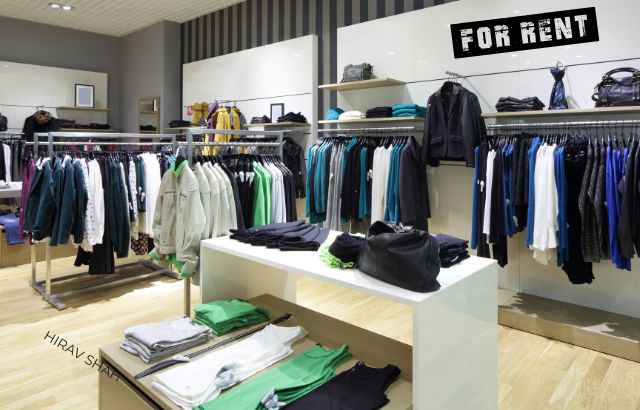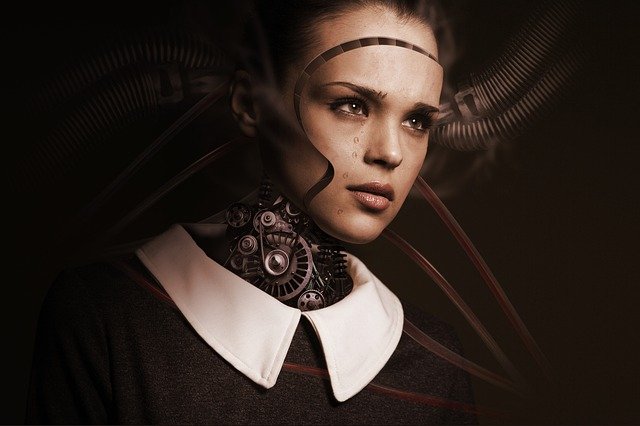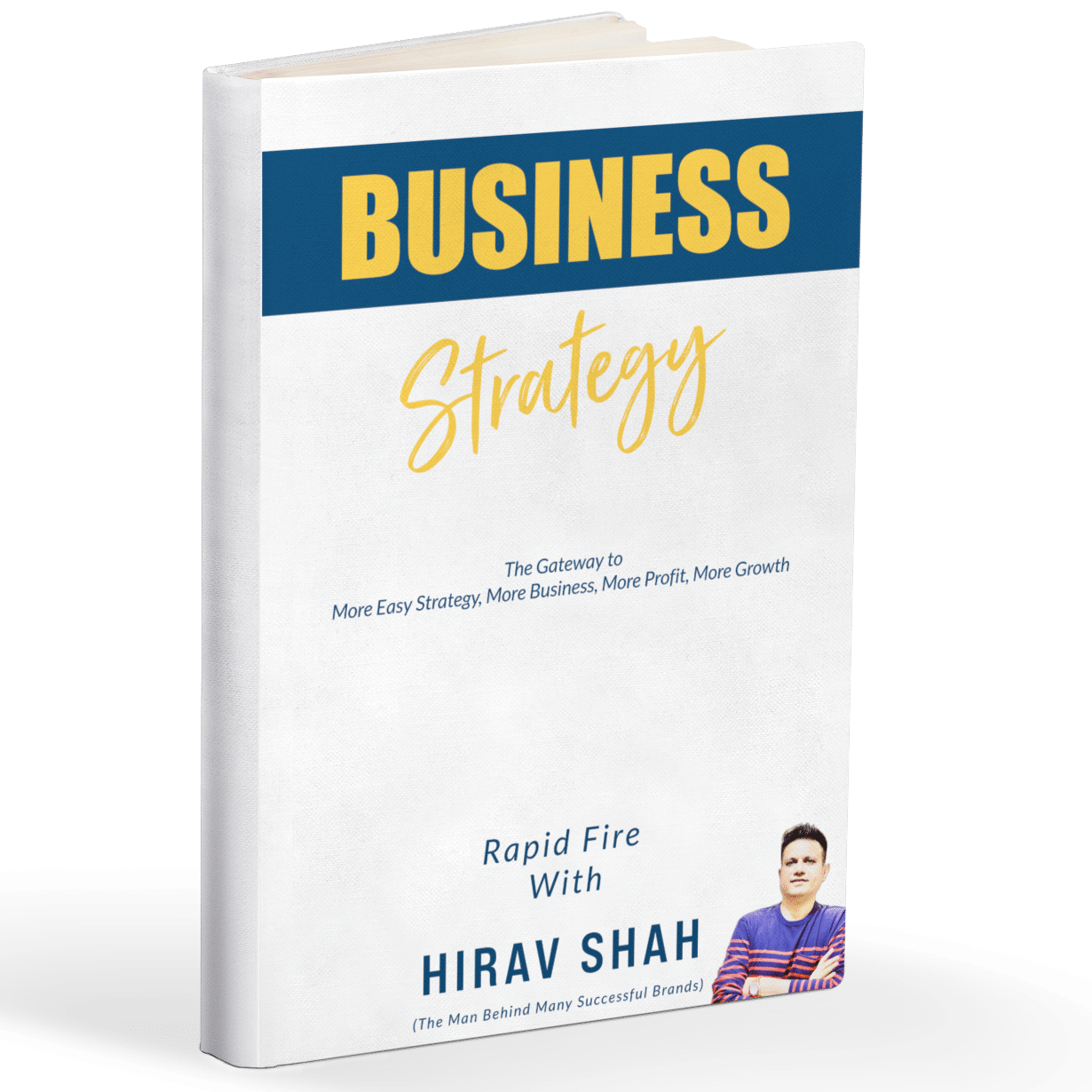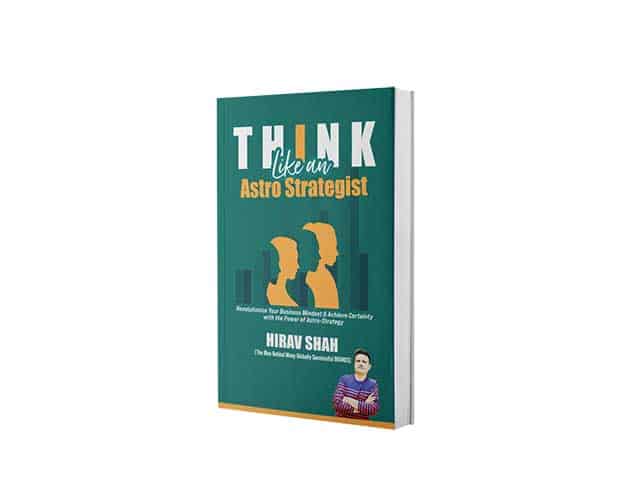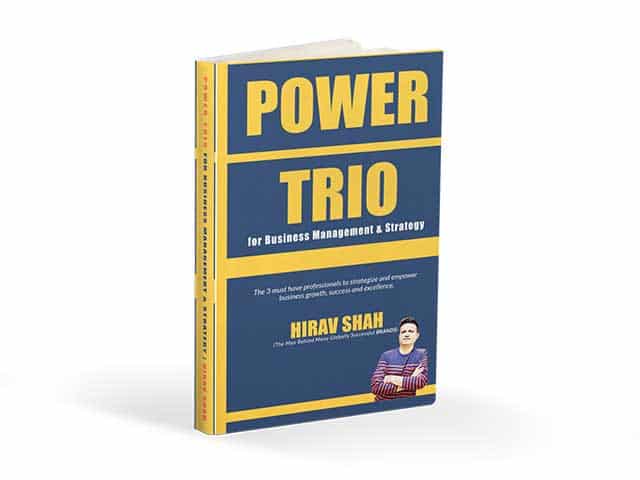The fashion industry is constantly evolving, shaped by technological innovations, changing consumer preferences, and global events. As we look toward the future, business strategist Hirav Shah, “The Game Changer,” shares his insights into the trends that will define the next era of fashion. From sustainability to tech-driven customization, the fashion world is on the brink of a major transformation.
Table of Contents
1. Sustainability: The Core of Fashion’s Future
Trend: Consumers are increasingly demanding eco-friendly and ethically produced fashion. Sustainability is no longer a trend but a necessity for the future of the fashion industry.
Example: Brands like Patagonia and Stella McCartney are leading the charge with sustainable materials, carbon-neutral initiatives, and transparent production practices.
Quote from Hirav Shah:
“Fashion’s future will depend on brands embracing sustainability not just as a marketing tool, but as a core value that resonates with the next generation of consumers.”
Innovative Stats:
- The global sustainable fashion market is expected to reach $8.25 billion by 2023, growing at a compound annual growth rate (CAGR) of 9.1%.
2. Tech-Infused Fashion: Wearables and Smart Clothing
Trend: As technology advances, fashion is merging with tech, resulting in wearable gadgets, smart fabrics, and even augmented reality experiences for shoppers.
Example: Companies like Ralph Lauren and Levi’s have integrated wearable technology into their collections, such as smart jackets that can control music or GPS.
Quote from Hirav Shah:
“The integration of tech in fashion will go beyond just wearables—clothing will soon be able to respond to environmental factors like weather, heart rate, and more, creating a hyper-personalized fashion experience.”
Innovative Stats:
- The wearable technology market in fashion is projected to hit $16.3 billion by 2025.
3. Virtual Fashion & Augmented Reality
Trend: Virtual fashion is on the rise. With the increase in digital spaces and virtual influencers, the idea of clothing without physical form is becoming a reality.
Example: Digital fashion houses like The Fabricant are designing virtual-only collections that can be bought and worn in digital spaces like video games and social media platforms.
Quote from Hirav Shah:
“Virtual fashion is not about replacing the physical, it’s about enhancing the experience—creating new opportunities for self-expression in a digital-first world.”
Innovative Stats:
- The virtual fashion market is forecasted to reach $50 billion by 2030.
4. Customization and Personalization
Trend: Consumers are seeking individualized products, with a focus on custom-made clothing, shoes, and accessories.
Example: Brands like Nike and Adidas have capitalized on this by offering customers the chance to design their own shoes, giving them full control over colors, materials, and personalization.
Quote from Hirav Shah:
“The future of fashion will be a blend of mass production with personalized, on-demand creation. The more personalized an item, the more valuable it becomes.”
Innovative Stats:
- According to a report by McKinsey, 75% of consumers are more likely to buy from a brand that offers personalized experiences.
5. Inclusivity: Fashion for All
Trend: The demand for inclusivity is becoming a driving force in the fashion industry, with a strong push toward body-positive campaigns and gender-neutral clothing.
Example: Few Brands are breaking traditional fashion norms by offering products for diverse body types and gender identities.
Quote from Hirav Shah:
“Fashion’s future is inclusive. It’s no longer about fitting into predefined categories; it’s about celebrating individuality in all its forms.”
6. Digital Fashion Shows & Fashion Weeks
Trend: With the rise of digital platforms and social media, traditional fashion weeks are being complemented (and sometimes replaced) by virtual fashion shows.
Example: Balenciaga and Dolce & Gabbana hosted digital fashion shows, creating virtual experiences for global audiences during the pandemic.
Quote from Hirav Shah:
“Physical fashion weeks are still relevant, but digital platforms offer limitless possibilities. The future of fashion shows will be more interactive and inclusive, opening doors to new markets.”
7. Rental Fashion and Circular Economy
Trend: Renting clothes, rather than owning them, is gaining traction as part of the larger movement toward a circular economy and reducing waste in fashion.
Example: Platforms like Rent the Runway and HURR Collective allow consumers to rent high-quality, designer pieces for a fraction of the cost.
Quote from Hirav Shah:
“As consumers become more mindful of their environmental impact, rental fashion will continue to rise. It allows people to wear luxury items without the long-term commitment.”
Innovative Stats:
- The clothing rental market is estimated to grow by 14% annually, reaching $2.5 billion by 2027.
8. E-Commerce and Direct-to-Consumer Models
Trend: The shift to online shopping is permanent, with a rise in direct-to-consumer (DTC) business models that bypass traditional retail channels.
Example: Glossier and Warby Parker revolutionized the beauty and eyewear industries by selling directly to consumers through their online platforms, offering a personalized and streamlined shopping experience.
Quote from Hirav Shah:
“Retail as we knew it is evolving. E-commerce will continue to dominate, but the key to success will be offering consumers not just products, but experiences.”
9. The Role of Artificial Intelligence in Fashion
Trend: AI is transforming fashion from trend forecasting to production and design.
Example: Stitch Fix uses AI to recommend clothing based on personal preferences and size, while H&M uses machine learning algorithms to predict fashion trends.
Quote from Hirav Shah:
“AI will not only streamline operations but will also help designers create more accurate and efficient collections based on real-time data.”
10. Fashion Meets Social Responsibility
Trend: Consumers are becoming more socially conscious, and they are holding brands accountable for their practices, pushing for more responsible sourcing, manufacturing, and advocacy.
Example: Reformation is known for its eco-conscious approach, using deadstock fabric and offering transparency in its production process.
Quote from Hirav Shah:
“Brands that fail to align with the values of their consumers will lose relevance. The future of fashion is social responsibility-driven, where values outweigh just product aesthetics.”
FAQs
1. How will AI impact fashion?
AI will revolutionize trend forecasting, design, and inventory management. It will enable brands to respond quickly to market demands and create hyper-personalized collections.
2. Will sustainability continue to be a major trend?
Yes, sustainability is not a passing trend. It’s now integral to the way consumers make purchasing decisions, and brands will need to prioritize eco-friendly practices to stay relevant.
3. How can brands stay ahead of the competition in the future?
Brands must innovate with technology, offer personalized experiences, and align with consumer values like sustainability and inclusivity to stay competitive in the evolving market.
Closing Thoughts:
As Hirav Shah states, the fashion industry is on the cusp of an exciting transformation driven by technology, consumer demand, and a commitment to sustainability. The future of fashion is digital, diverse, and deeply intertwined with social responsibility, making it an exciting space for innovation.

